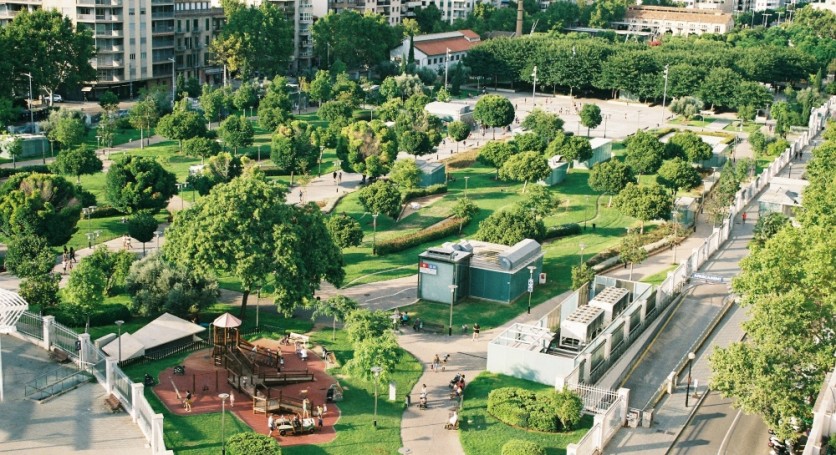
We all know that green spaces in our neighborhoods positively impact our well-being. Parks, gardens, and tree-lined streets offer a breath of fresh air, an escape from the concrete jungle, and a place to recharge our spirits.
But a new study (via Interesting Engineering) has revealed an astonishing connection between green neighborhoods and our very DNA, specifically our telomeres, which are the protective caps at the ends of our chromosomes.
This connection suggests that living in greener neighborhoods might actually slow down the aging process.
The Role of Telomeres in Aging
Telomeres are like the protective plastic tips on the ends of your shoelaces, but instead of preventing fraying, they safeguard your genes.
These repetitive sequences of DNA serve a crucial role in maintaining the stability of our genetic material as our cells divide.
However, with each cell division, telomeres get shorter. Eventually, they become so short that the cell can no longer divide - a state known as cellular senescence. This process is closely linked to aging and age-related diseases.
Scott Ogletree, a former postdoctoral researcher at North Carolina State University's Center for Geospatial Analytics, highlights the importance of telomeres, stating, "This makes telomeres important markers of biological age, or how worn down our cells are. And we know that many variables - such as stress - can influence how quickly our telomeres wear down."
Preventing the shortening of telomeres is, therefore, vital to living a long and healthy life. This is where the connection between green neighborhoods and anti-aging comes into play.
The Study and Its Findings
The research, published in the journal Science of the Total Environment, used data from the CDC's National Health and Nutrition Examination Survey (NHANES) for the years 1999-2002.
This survey, conducted through interviews and physical tests, evaluates the health of the American population. The study focused on 7,827 individuals, considering demographics, telomere length, and neighborhood data.
The results were astonishing. The study found that the more green space people had in their neighborhoods, the longer their telomeres were. This effect held true across various demographics, including race and economic status. Green spaces seemed to have a protective effect on telomeres, offering a potential key to anti-aging.
However, the benefits of green spaces were not all-encompassing. When the researchers factored in other neighborhood aspects, such as air pollution, segregation, or "deprivation," the positive impact of green space on telomeres diminished.
It is clear that while green space contributes to maintaining telomere length, other factors in our neighborhoods can negate these benefits.
Aaron Hipp, a professor of parks, recreation, and tourism management at NC State and co-author of the study, emphasized this point, stating, "Green space is tremendously valuable for a community, but it is not enough to overcome systemic racism and the effects of economic segregation and environmental justice challenges on its own."
This study is crucial to understanding the complex relationship between green spaces and our genes. While it is evident that living in greener neighborhoods can positively impact telomere length, it is equally clear that a range of contextual factors influences this relationship.
Stay posted here at Tech Times.
Related Article : High-Tech Drones in China Are Revolutionizing Carbon Emission Monitoring, Outperforming Satellites

ⓒ 2026 TECHTIMES.com All rights reserved. Do not reproduce without permission.




